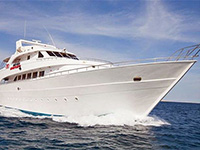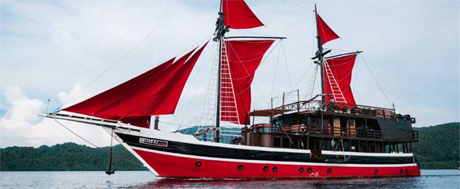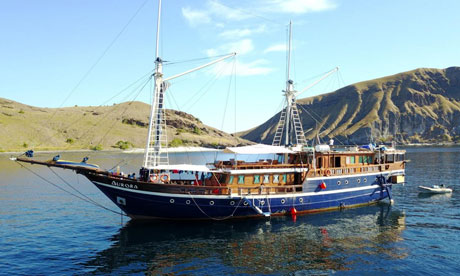Reviews: "Love the newsletters! Keep them coming" Janice Fleming...MORE REVIEWS

SCUBA News 288
(ISSN 1476-8011)
July 2024
~~~~~~~~~~~~~~~~~~~~~~~~~~~~
SCUBA News (ISSN 1476-8011)
Issue 288 - July 2024
https://www.scubatravel.co.uk
~~~~~~~~~~~~~~~~~~~~~~~~~~~~~
Welcome to SCUBA News. I hope you find it useful. This month: diving Bali, Denmark, Costa Rica plus why fire coral stings. Any questions or comments to news@scubatravel.co.uk.
Contents:
What's new at SCUBA Travel?
Creature of the Month: Fire Coral, Millipora
7 World Class Liveaboard Deals: Save up to 50%!
Diving news from around the World
What's New at SCUBA Travel?
 |
For manta rays and Mola mola - the oceanic sunfish is the largest bony fish in the sea and Bali is a brilliant place to see them.
|
|
AquaMarine Diving - Bali | |
 |
Explore the best diving Denmark Denmark's underwater world dazzles with natural beauty, fascinating shipwrecks and rich biodiversity. Dive into over 20,000 wrecks waiting to be explored.
|
 |
Dive Costa Rica: Discover Marine Wonders World class diving destination which is a great place to see pelagic species like marlin, sailfish and sharks.
|
7 Fantastic Liveaboard Deals - Save up to 50%
More great liveaboard diving deals, to some of the best diving destinations in the world, specially selected for us by Divebooker.com, the liveaboard specialists.
- EcoPro Seascape, Maldives Central Atolls. 4 - 11 August 2024 (7 nights) Price from $2450 $1225 per trip per person, SAVE 50%.
- La Galigo, Komodo, Indonesia,, SAVE UP TO 35% on all August trips to one of the best diving areas in the world. Price from USD 1290 per trip per person.
- Belize Aggressor IV: September and December 2024 (7 nights). Visit the famous Lighthouse Reef, Half Moon Cay and Turneffe Reef. Book now and save 25%
- Aurora, Raja Ampat 1-7 September 2024 (6 nights), SAVE 15%, Price from EUR 2,900 2,320 per trip per person
- Blue (Fun Azul II), Vaavu Atoll, Maldives, 22 - 29 March 2025 (7 nights), Book 2 get 3rd for free. Price from $2298
- Okeanos Aggressor II, Cocos Island, 17 - 29 August 2024 (12 nights), SAVE $2000. The Cocos Islands, of Costa Rica, are 300 miles off the mainland and a UNESCO World Heritage Site. This world class diving destination is a great place to see big pelagic species.
-
Seven Seas, South and St. Johns, Red Sea. Stunning coral plus sharks, dolphins, turtles and large shoals of fish. From 31 October to 7 November 2024, SAVE 10%, Price from EUR 1700 1530 per trip per person

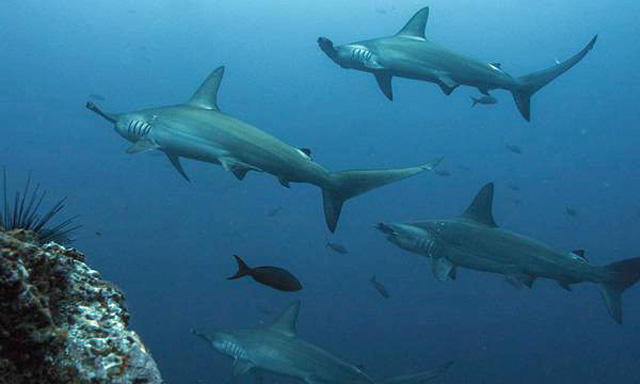
Creature of the month: Fire Coral, Millepora

Fire corals are so called because they sting, with powerful stinging hairs or cnidae. When something touches the coral, the coiled thread is ejected, penetrating the sking and injecting venom
The coral is primarily defending itself against fish like parrotfish which would otherwise nibble the fire coral. However, the sting is strong enough to injure divers and snorkellers who brush their skin against them, causing burning and itching. (If this happens rinse with seawater and apply vinegar or methylated alcohol on the affected area. In a severe case anti-histamines can help, but seek medical advice.)
Not true corals
Colonies of fire coral are extremely important in building coral reefs. However, they are not true corals. They are, in fact, hydroids. The word hydroid means water animals. Other hydroids often look like ferny fronds growing from rocks. The fire coral is different: it looks like a hard coral.
How to identify them
Fire corals are yellowish to brown in colour, often with white tips. There are several species and different growth forms. Some look like plates, some are encrusting but maybe the most familiar is the branching form. You can identify them by the minute pores on the coral surface.

Divers come across fire corals on tropical reefs throughout the world, in sheltered and exposed sites, in shallow and deeper water down to 40 m. There are about 14 species in the Millepora genus.
Fire corals are often at the reef edge as they can withstand rough waters and currents.

Millepora tend to be oriented perpendicular to prevailing currents. This maximises their exposure to water flow allowing them to capture more food particles carried by the currents. It increases increases the surface area exposed to nutrient-rich waters. If fragments get broken during a storm they can regenerate. They are often the first to recover after short-term bleaching events.
Further Reading
John B. Lewis, Biology and Ecology of the Hydrocoral Millepora on Coral Reefs, Advances in Marine Biology, Academic Press, Vol 50 2006
Diving news from around the World
 |
The most endangered fish are the most overlooked
|

|
Philippine diving town trades plastic for rice to tackle ocean waste
|

|
Mysterious origin of the blue spotted stingray spots revealed
|

|
Ocean acidification turns fish off coral reefs
|
 |
Hawaii fishermen and scientists team up tagging tuna
|

|
Indonesia must integrate marine protection with fisheries subsidies, study says
|
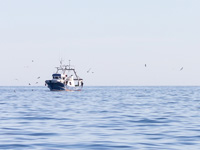 |
Expanding marine reserves will redistribute global fishing effort
|
 |
New approach to restore coral reefs on mass scale kicks off in Hawaii
|
SCUBA News is licensed under a Creative Commons Attribution 4.0 Unported License. This means we are happy for you to reuse our material for both commercial and non-commercial use as long as you: credit the name of the author, link back to the SCUBA Travel website and say if you have made any changes. Most photos though, are copyright the photographer. Please get in touch for details.
Photo credits: Tim Nicholson, Jill Studholme, DepositPhotos, divebooker.com, liveaboard.com
UNSUBSCRIBING
Visit {?$optout_link?} to remove yourself from the mailing list. Any problems
contact news@scubatravel.co.uk.
ADVERTISING
Should you wish to advertise in SCUBA News, please
see the special offers at
https://www.scubatravel.co.uk/newsad.html
Other advertising opportunities are at
https://www.scubatravel.co.uk/diving-advertising.html
CONTACTING THE EDITOR
Please send your letters or press releases to:
Jill Studholme
SCUBA News
The Cliff
DE6 2HR
UK
news@scubatravel.co.uk
SCUBA News (ISSN 1476-8011)
Every month we send out a free newsletter featuring the best diving areas, underwater life, diving book reviews and interviews with authors. To receive this please fill in your e-mail address below. For an archive of previous issues see the SCUBA News page.
